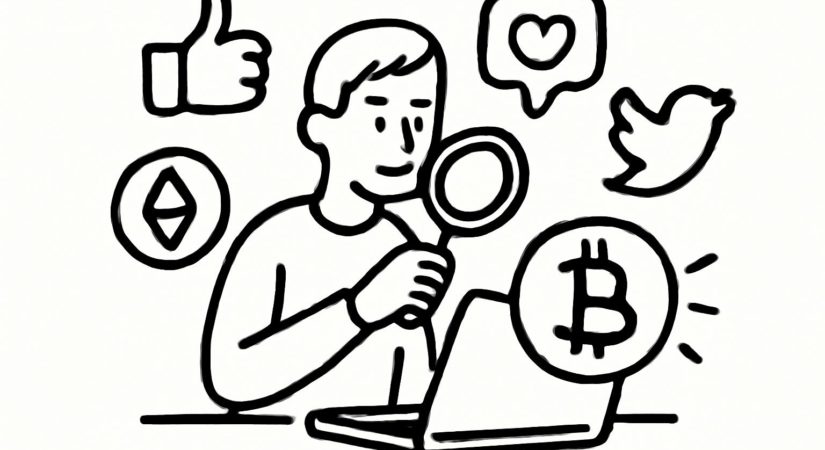Meme coins are a volatile and often whimsical segment of cryptocurrency, known for rapid price swings and potential for significant profit. While they attract skepticism, experts suggest they can serve as an entry point for new crypto users.
Charles St. Louis, CEO of DELV, explained that meme coins introduce people to crypto technology, encouraging learning through experience, whether gains or losses.
For those interested in exploring meme coins, starting with a reputable crypto exchange app is essential. Users should create and verify accounts with secure authentication methods, fund their wallets, and then purchase cryptocurrencies using ticker symbols like BTC or ETH.
Meme coins are typically linked to viral images or internet jokes, often featuring animals. Examples include Dogecoin, Pepe, dogwifhat, and POPCAT. These coins operate on blockchain technology, allowing secure data verification and transfer.
Daniel Polotsky, co-founder of CoinFlip, emphasized that a strong social media presence and active community engagement are crucial for meme coin success. However, smaller coins like American Coin and Giga Chad remain highly speculative and should be approached cautiously.
Dogecoin, launched in 2013 and inspired by the Shiba Inu dog meme, reached a peak value of $0.7376 in May 2021, rewarding early investors significantly. Its rise was partly fueled by vocal support from Elon Musk on social media. Conversely, meme coins linked to political figures, such as $TRUMP and $MELANIA on the Solana blockchain, saw dramatic trading activity and value shifts tied to public events and announcements.
Data from Chainalysis indicates that while around 2 million wallets have purchased meme coins, losses are common with over 760,000 wallets losing money. Successful investments depend on timing, community influence, and market sentiment.
To identify promising meme coins, investors should monitor social platforms like X and Reddit, as well as use analytics tools like CoinGecko and CoinMarketCap to track market capitalization and trading volume. Lower market cap coins offer higher growth potential but also greater risk, while larger caps provide more stability but limited upside.
Experts advise limiting meme coins to 5-10% of a crypto portfolio due to their largely speculation-driven value. Experienced investors familiar with market cycles and community trends may tolerate higher exposure, but novices should proceed cautiously to avoid heavy losses.
Ben Weiss, CoinFlip CEO, warns against chasing low-priced meme coins as ‘the next Bitcoin,’ noting that many remain undervalued for valid reasons. Polotsky compares meme coin investing to venture capital, where most fail but a few succeed spectacularly.
